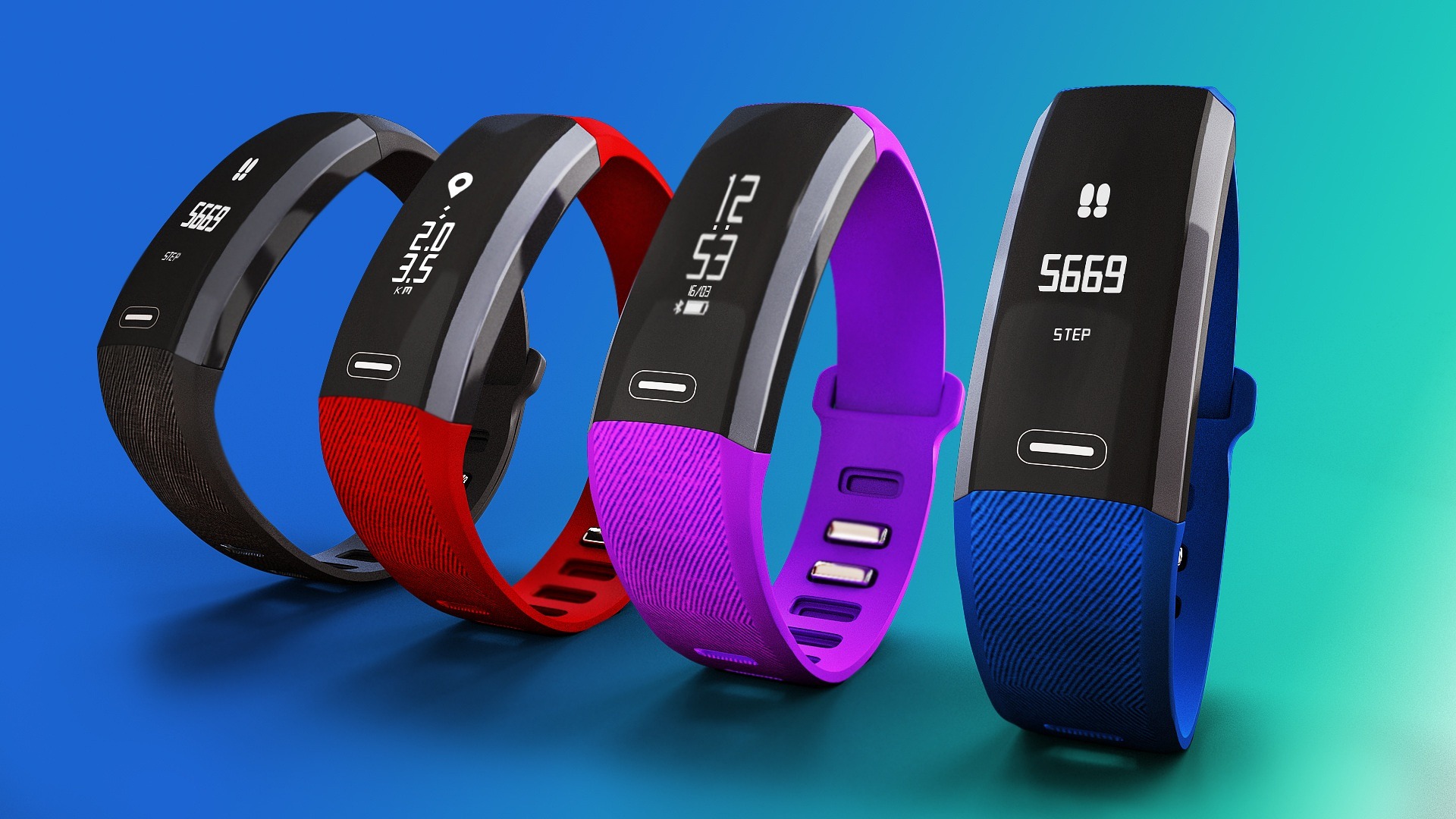Advancing Safety with Automotive Night Vision Systems
Introduction: In the dark corners of night-time driving lurk hazards often hidden from the human eye. What if we could illuminate these risks, enhancing safety and confidence on the road? Automotive Night Vision Systems (NVS) promise to do just that. This leap in technology brings the unseen to light, giving drivers a safer and more secure road experience.

A Beacon in the Dark: Evolution of Night Vision Systems
The origin of night vision can be traced back to military applications during World War II. This technology, initially designed for spotting enemy troops under cover of darkness, gradually found its way into various civilian uses. In the automotive industry, the first commercial use of NVS was introduced by Cadillac in 2000. Although it was a remarkable breakthrough, the system was rudimentary, offering a limited field of view and often disrupted by oncoming headlights. Over the years, NVS technology has seen significant enhancements, moving from passive infrared systems to more advanced active systems incorporating LIDAR and thermal imaging.
Setting the Night Ablight: Current Trends in Night Vision Systems
Today, automotive NVS have become more sophisticated, incorporating advanced sensor technologies and artificial intelligence algorithms to detect, classify, and highlight potential road hazards. Companies like Autoliv, FLIR Systems, and Bosch are leading the way in the development and deployment of these advanced systems. The latest trend in NVS technology is the integration with autonomous driving systems, where NVS can provide valuable additional data for the vehicle’s decision-making process.
Illuminating the Path: Impact of Night Vision Systems
The impact of NVS on driving safety cannot be overstated. By extending the driver’s field of view beyond the reach of headlights, NVS can significantly reduce the risk of night-time accidents. Furthermore, with the ability to detect and highlight pedestrians, animals, and other potential hazards, NVS can provide critical seconds of reaction time, potentially saving lives. However, the widespread adoption of NVS faces several challenges, including high system cost and the need for driver education on the proper use and interpretation of the system’s output.
Lighting the Future: Prospects and Challenges
The potential of NVS in enhancing safety is immense, but the technology is not without its challenges. One of the major obstacles is the high cost of these systems, which often relegates them to luxury vehicles. Recent advancements, however, point towards more affordable systems in the near future. Moreover, the integration of NVS with other safety systems like automatic braking and pedestrian detection systems can further boost its effectiveness.
Shining a Light: Conclusion
As NVS continue to evolve, they promise to redefine the way we navigate night-time driving. By providing a clearer, more detailed view of the road ahead, they can significantly enhance safety and driver confidence. Yet, it’s crucial that industry leaders, regulators, and consumers work together to overcome the challenges facing this promising technology. After all, when it comes to safety, every bit of light helps.
As the automotive industry continues to push the boundaries of what’s possible, NVS stand as a testament to this spirit of innovation. While the road ahead may be dark, with the right technology, we can illuminate our way forward.




